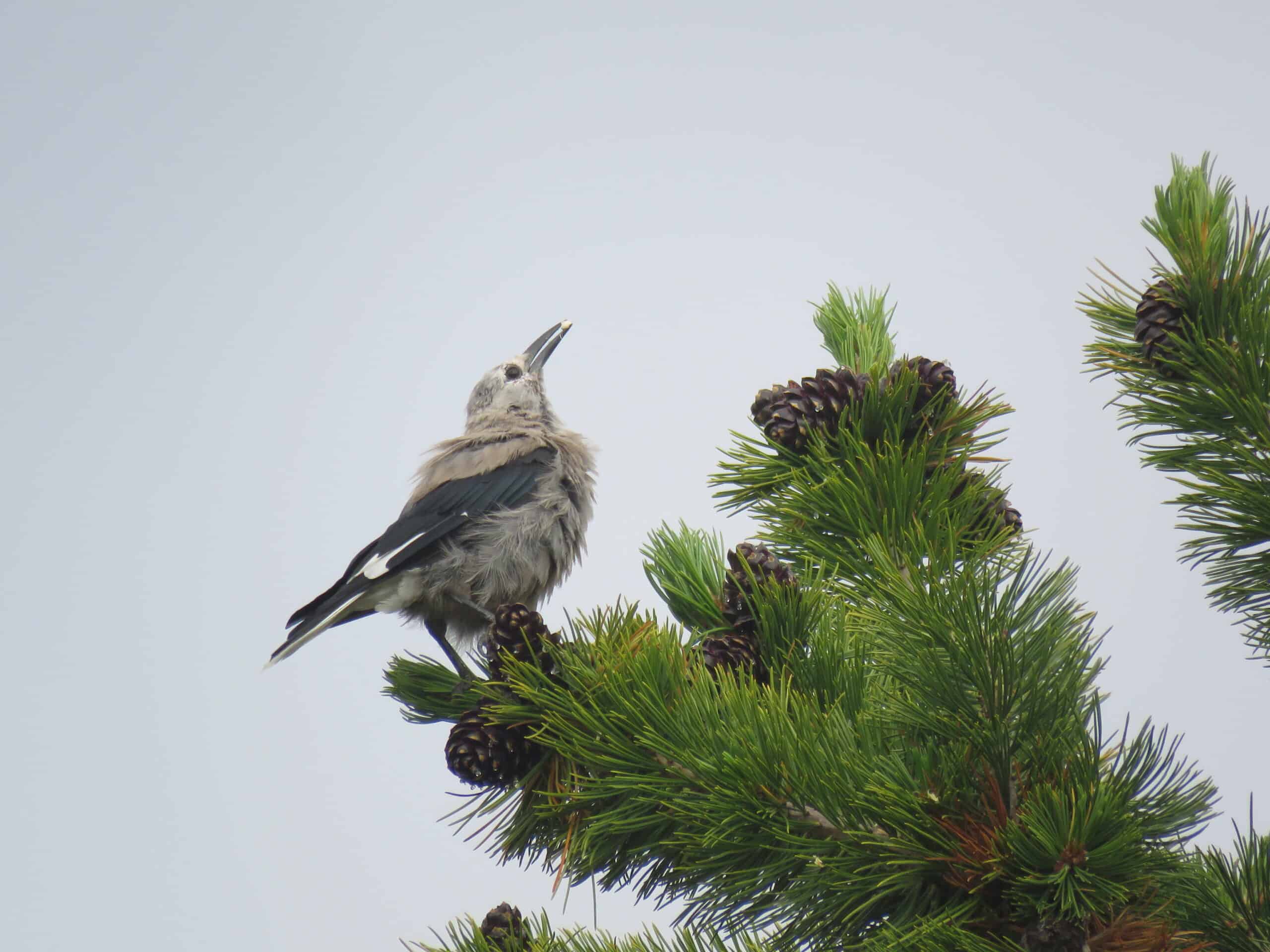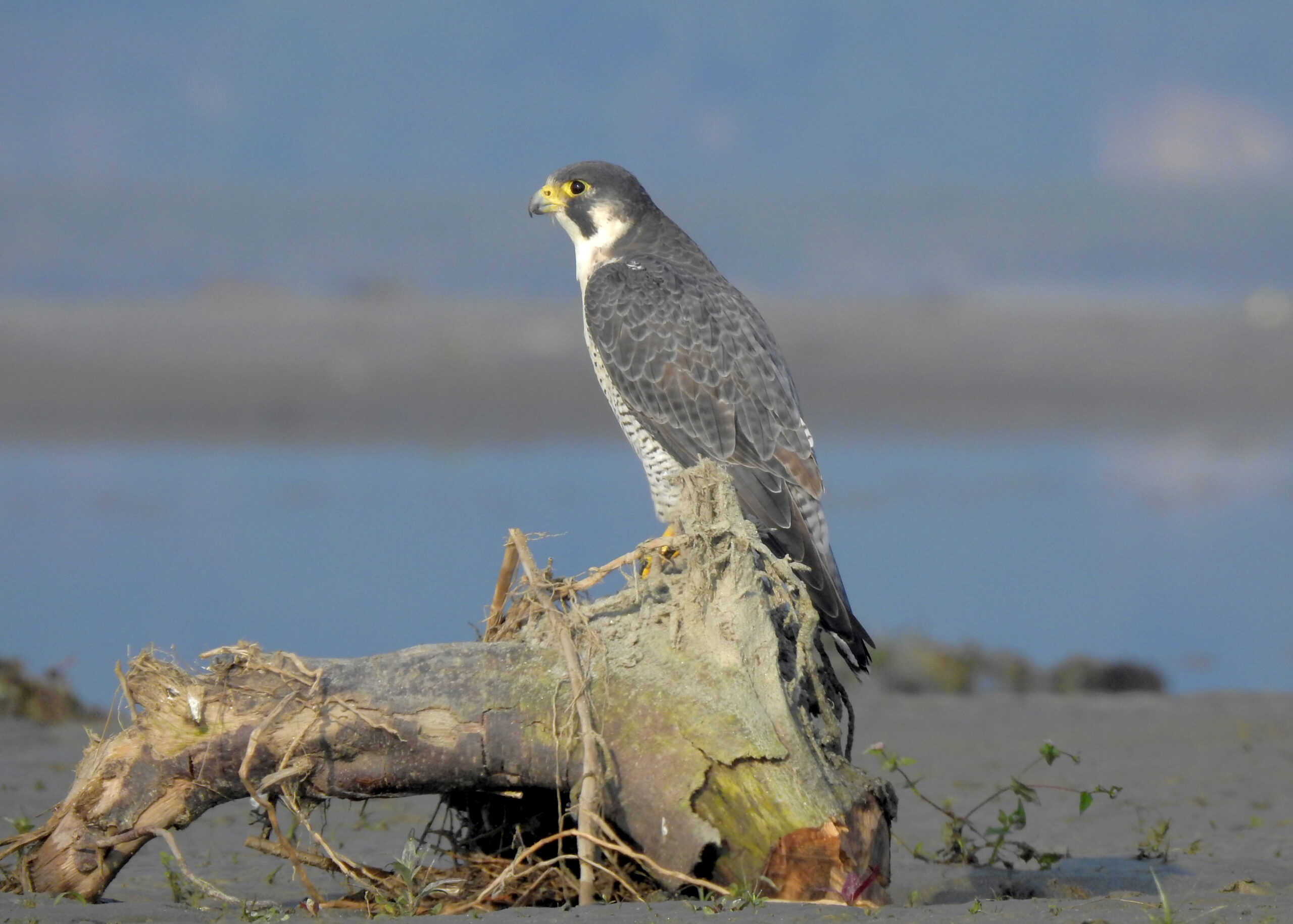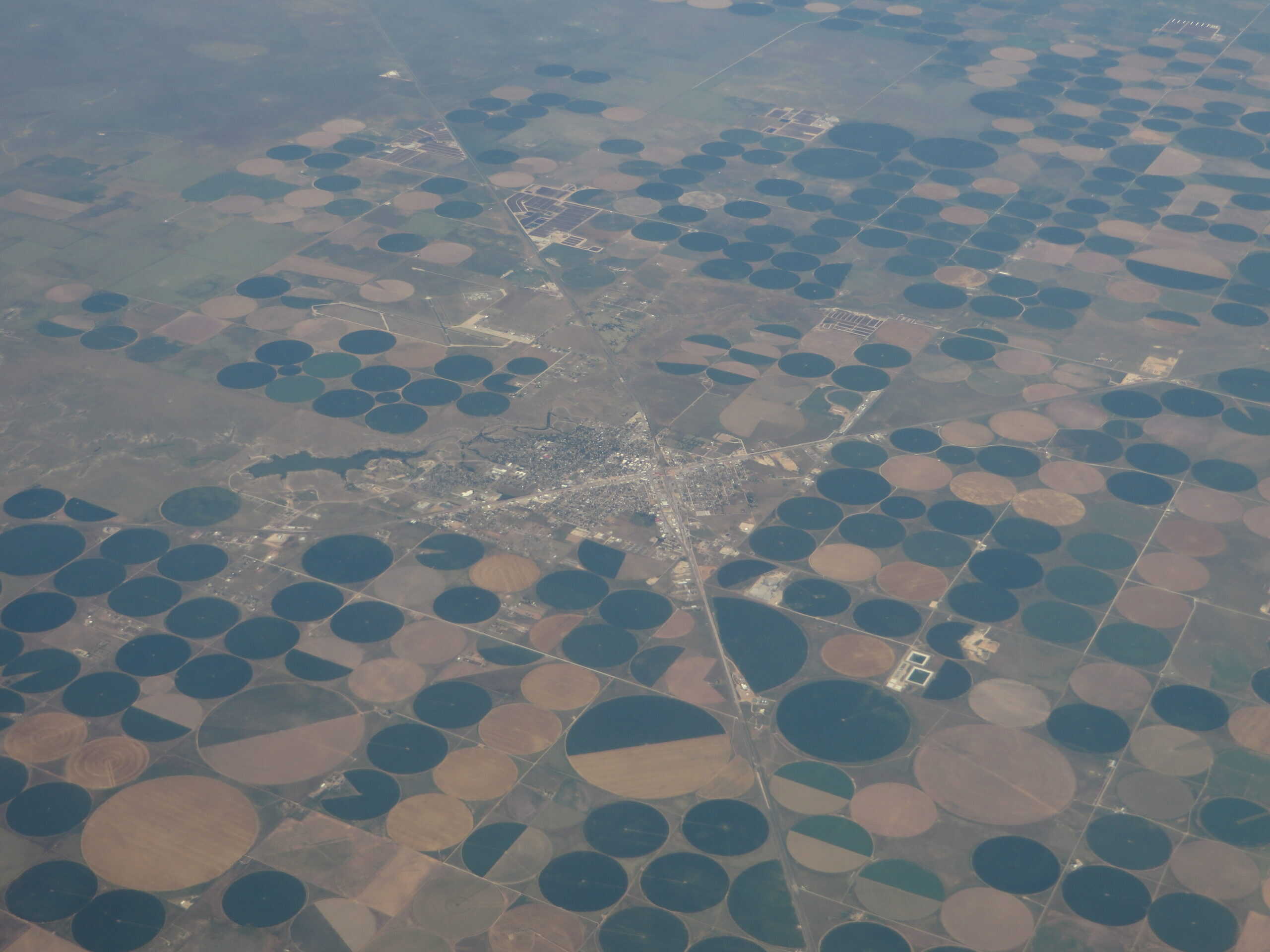Share this article
Wildlife Featured in this article
- Clark’s nutcracker
- Mountain pine beetle
- Grizzly bear
Old whitebark pines critical for Clark’s nutcracker presence
Researcher reveals that blister rust fungal pathogen may have a trickledown effect on bird populations
Clark’s nutcrackers rarely forget a seed cache location. But many of the whitebark pines they depend on for food in Glacier National Park have disappeared, leaving the birds nearly a distant memory themselves.
“Glacier National Park is the epicenter of whitebark pine decline,” said Vladimir Kovalenko, a biologist with the U.S. Fish and Wildlife Service.
Whitebark pines have been suffering from a number of threats across their range, including climate change, wildfire and destruction by mountain pine beetles (Dendroctonus ponderosae). In Glacier National Park, white pine blister rust, a fungal pathogen that is also affecting the trees across their range, has hit particularly hard in recent years.
Kovalenko, who was a master’s student at the University of Montana at the time of this research, and his colleagues wanted to see how declines in these trees were affecting the population of Clark’s nutcrackers (Nucifraga columbiana) in the area. For a study published recently in Ecology and Evolution, the team compared nutcracker occupancy estimates to pine presence in different parts of the park.
Never forget
The Clark’s nutcrackers look unassuming—mostly gray with black and white wings. Their calls, similar to the screech of other corvids, cut through the forest. These birds have some of the most magnificent memories in the animal kingdom. They can hide pinecones in hundreds of unique caches, remembering where they put nearly all of them.
To estimate the population of the birds, the researchers used a combination of point count surveys and passive recording of nutcracker calls. They gathered data for three summers from 2020 to 2022 during the peak whitebark pinecone harvest season.
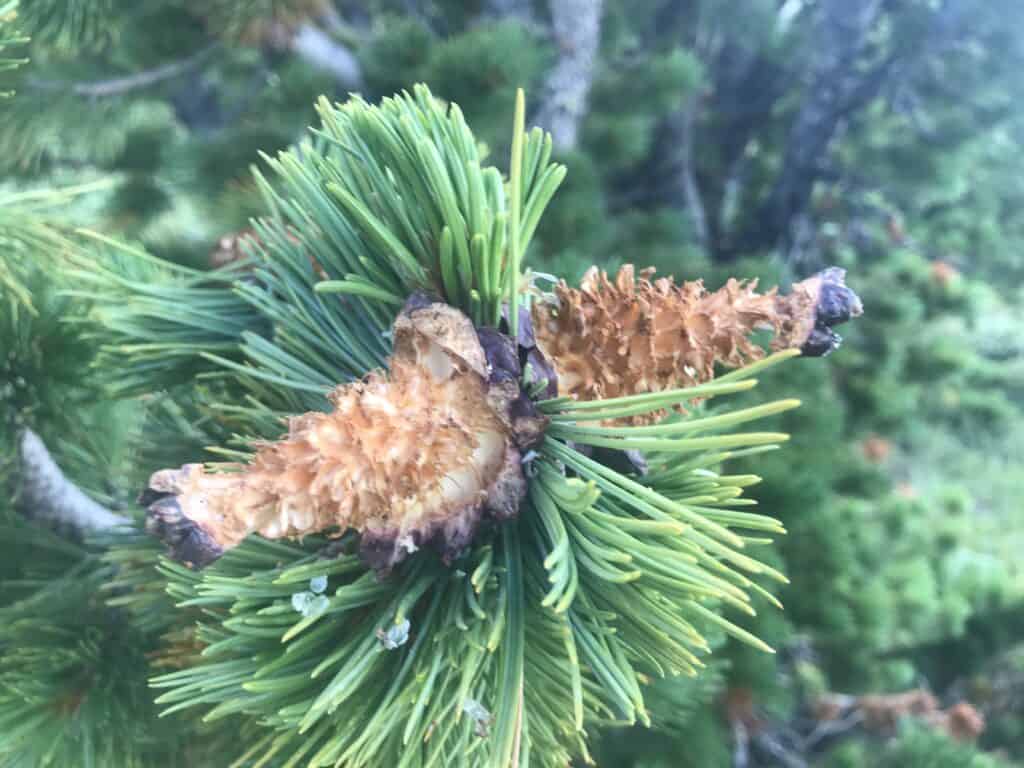
The team combined the data gathered from these two methods, and since these nutcrackers are rare in Glacier National Park, they used models to get a more accurate population estimate that takes the possibility of missed detections into account.
The researchers then compared the population estimates from the models to forest characteristics, including what types of trees were where. This analysis reinforced findings from previous research, such as the birds’ preference for dense whitebark pine copses.
“Clark’s nutcrackers were spending more time in areas with larger and more mature trees,” Kovalenko said.
Disappearing food source
Older whitebark pines produce more cones than younger, smaller trees. It usually takes over 50 years for these trees to begin producing cones, and upwards of 100 years to produce a particularly large crop of cones. As these old pines disappear, the nutcrackers may fly elsewhere, or switch to other food sources.
This lack of birds may also create a situation where whitebark pines themselves are unlikely to reproduce. Despite their sharp memories, Clark’s nutcrackers don’t remember every single cache. And they also sometimes die or leave the area before they can collect their hidden cones. As such, the birds act as seed dispersers for the trees. In turn, the whitebarks are almost completely reliant on nutcrackers for dispersal.
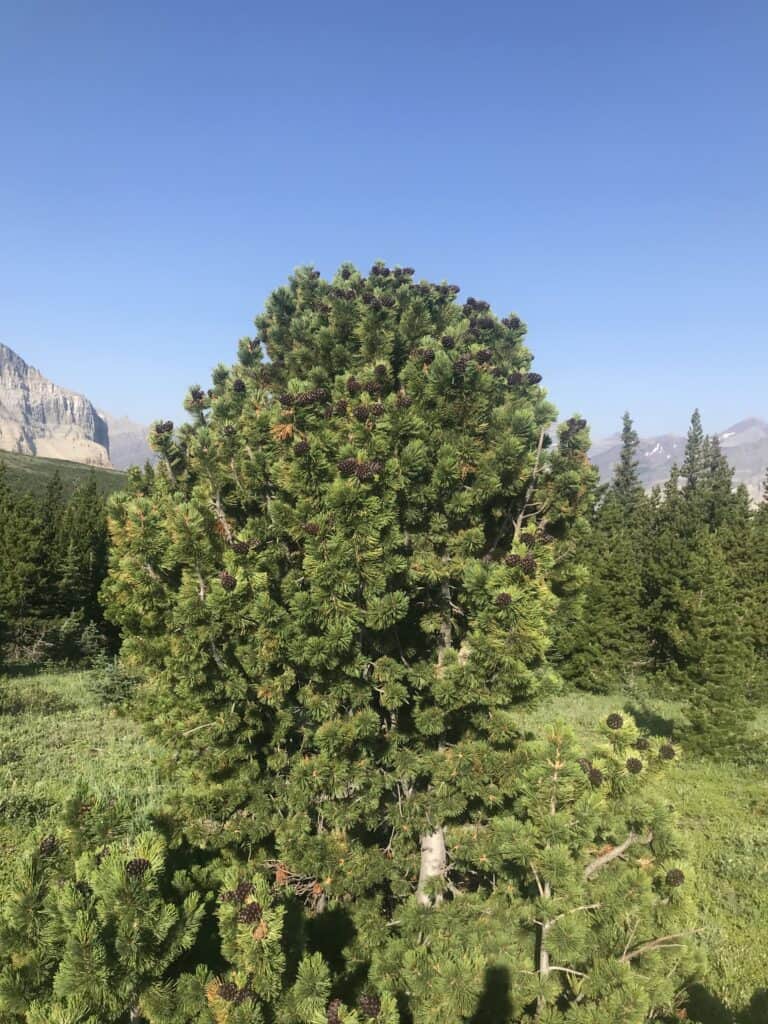
As mentioned in the cover feature of the March/April issue of The Wildlife Professional, if fewer trees means fewer birds, that also may mean fewer trees in the future. “There are fears that it’s going to produce this positive feedback loop,” Kovalenko said.
Kovalenko said this research reinforces the importance of conserving old growth whitebark pines. This kind of work might help retain Clark’s nutcrackers on the landscape, but other species like grizzly bears (Ursus arctos horribilis) also eat these pinecones. So what’s good for Clark’s nutcrackers is likely to be good for a host of other species.
Header Image: Clark’s nutcrackers have wonderful memories for seed caches. Credit: Eric Bindsiel



